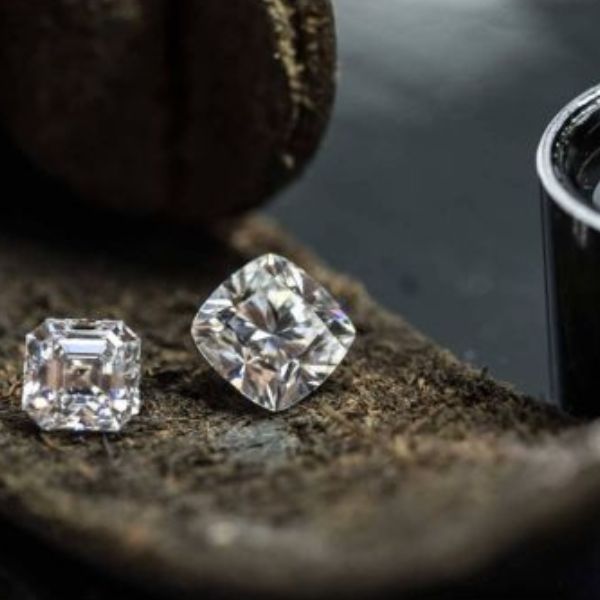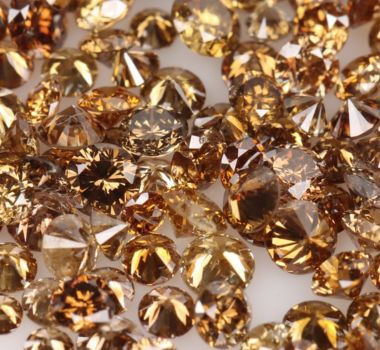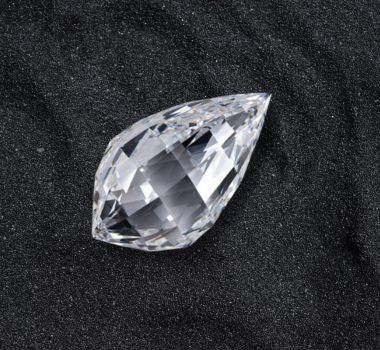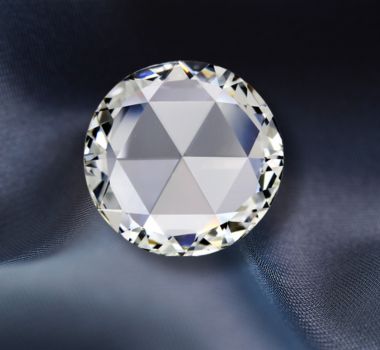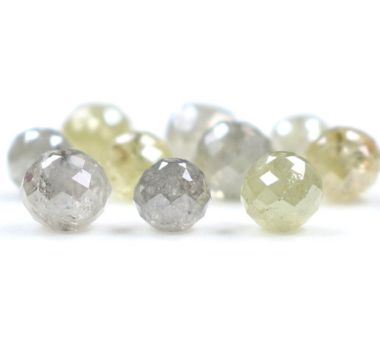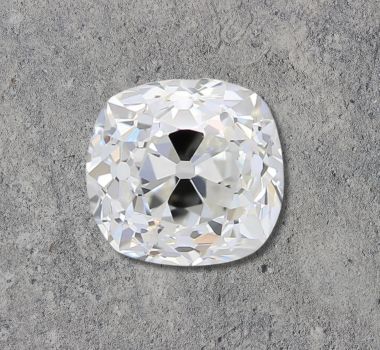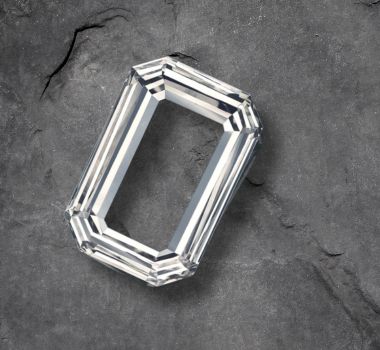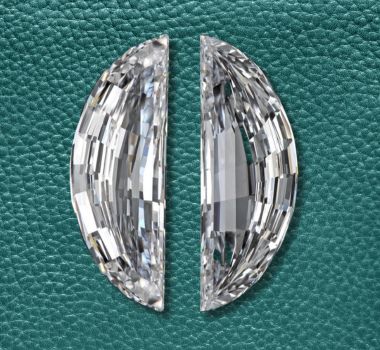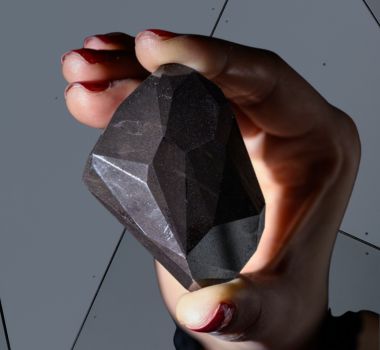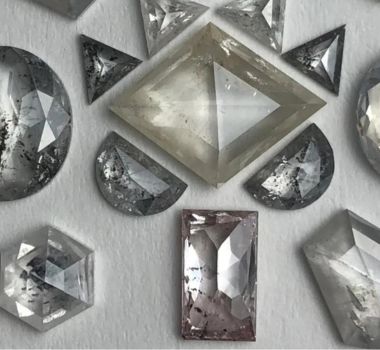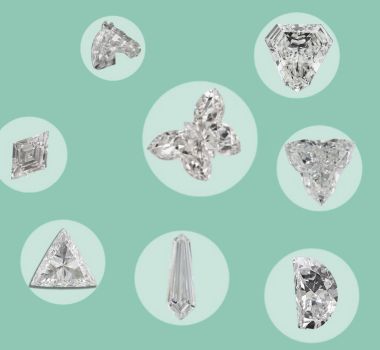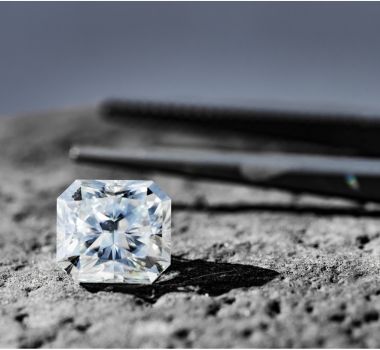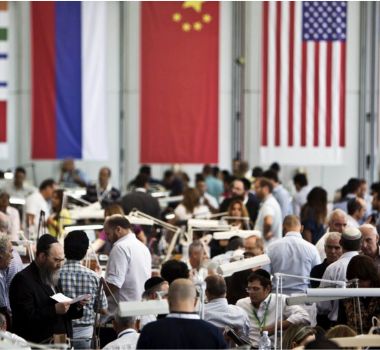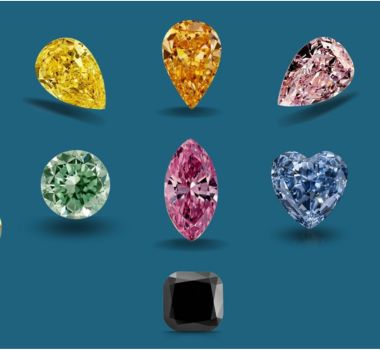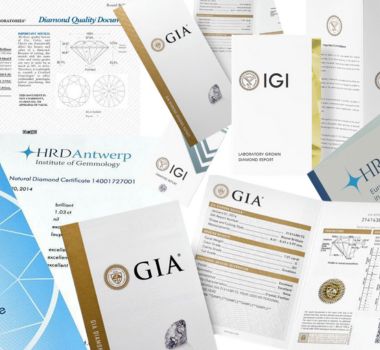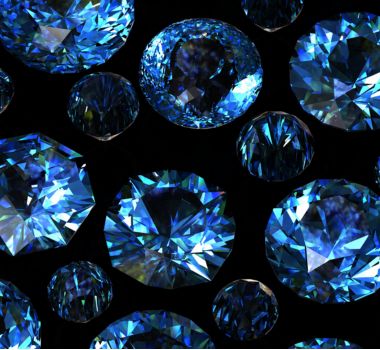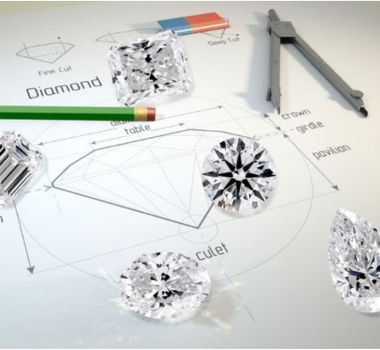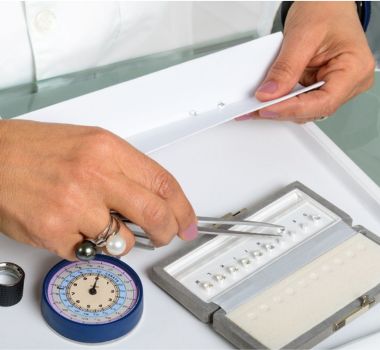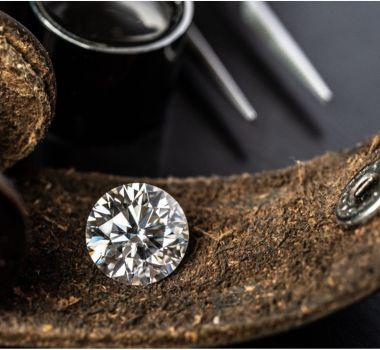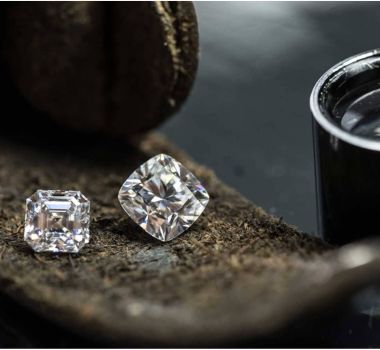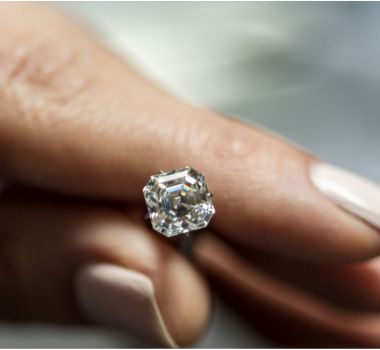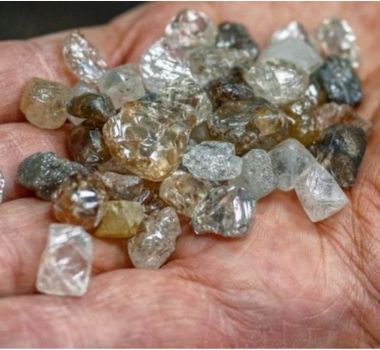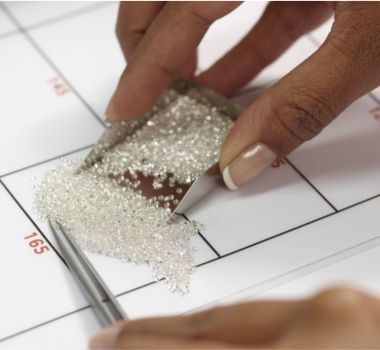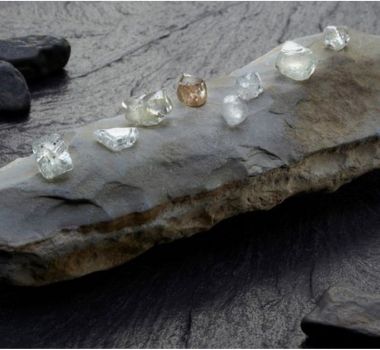
What does the shape of a diamond signify?
Diamond shapes are divided into two groups: round diamonds and the so-called fancy-shaped diamonds. The most traditional diamond shape is the round diamonds, also called brilliant cut. It is also the most classic, the most universal, carrying all the symbolism associated with the round shape. The fancy shape represents all diamond shapes other than the round brilliant cut. Each diamond shape has its own unique characteristics. When buying a diamond, shape is one of the first factors to consider. The way the diamond is shaped has a significant impact on its appearance. Beyond the technical characteristics, the diamond shape that will appeal to you is a matter of personal preference.
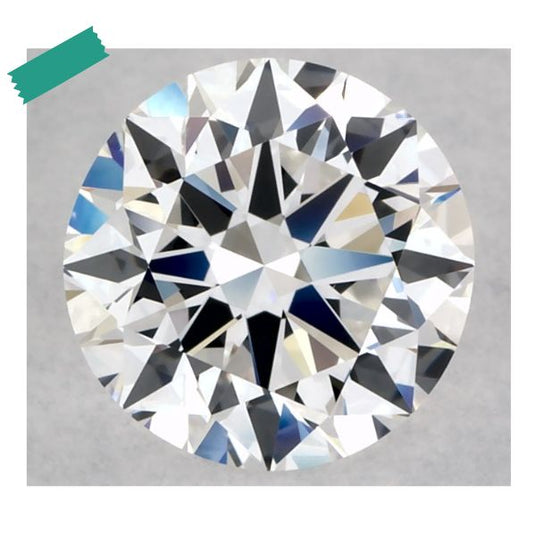
Round shaped diamond
The round, or brilliant cut diamond, is by far the most popular shape because of its intense brilliance. It is conical in shape to maximize the return of light. Being cut for an optimum brilliance, round diamonds have 58 facets that reflect the light and project countless bursts of color around the diamond.
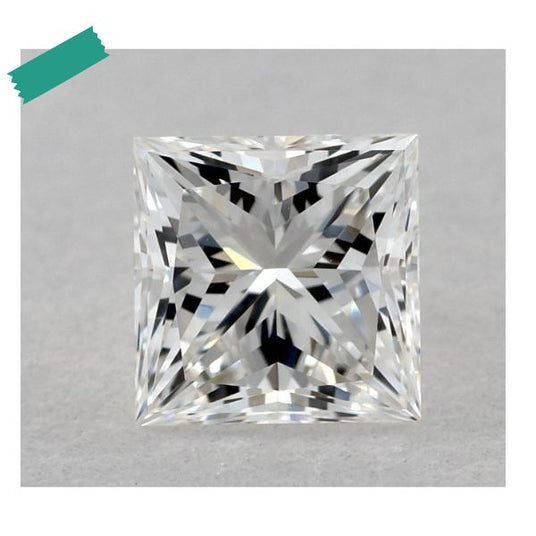
Princess shaped Diamond
Princess cut diamonds are a modified brilliant cut. With more than 50 facets, the square-shaped princess diamond with sharp corners is as brilliant as the round diamond. This contemporary style shape is a good alternative to the round diamond because it is just as modern but less traditional. Of all the fancy shapes, the princess diamond is the most popular for engagement rings.
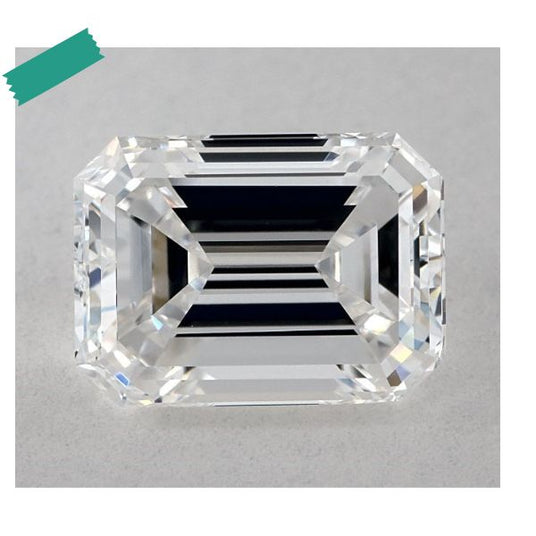
Emerald cut diamond
The emerald cut is one of the most classic and sophisticated shapes. This rectangular diamond is composed of facets arranged in tiers. When worn as a ring, its generous surface area, marked by its elongated shape, makes fingers look long supple.
This elongated shape visually maximizes the carat weight of the stone.
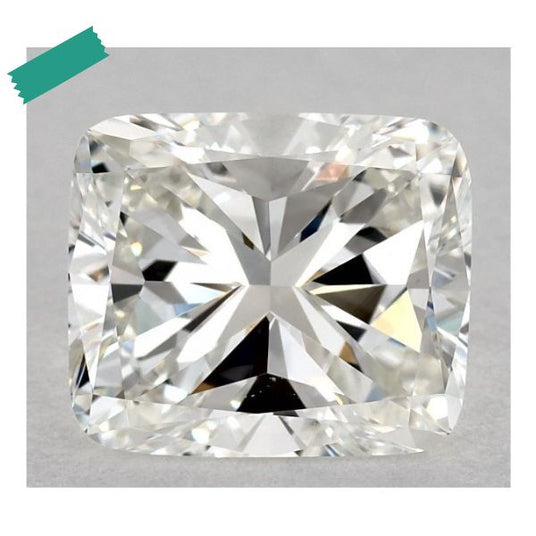
Cushion shaped diamond
The cushion cut diamond is an antique cut that has a classic, romantic appearance. This shape has been around since the early 1800s and is now recognized as one of the oldest shapes. Its rounded corners soften the lines of this diamond and is reminiscent of the shape of a pillow, hence the name. The cushion diamond is very popular as engagement rings.
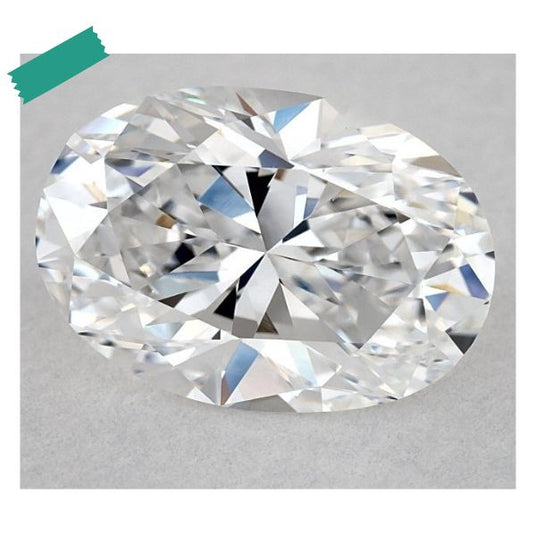
Oval shaped Diamond
Bold and unconventional, the oval shape expresses a strong personality. It is the ideal choice for people seeking similar characteristics to the round cut diamond but who desire a more unusual shape. In addition, the length of the oval diamond creates the illusion of accentuating the length of the fingers.
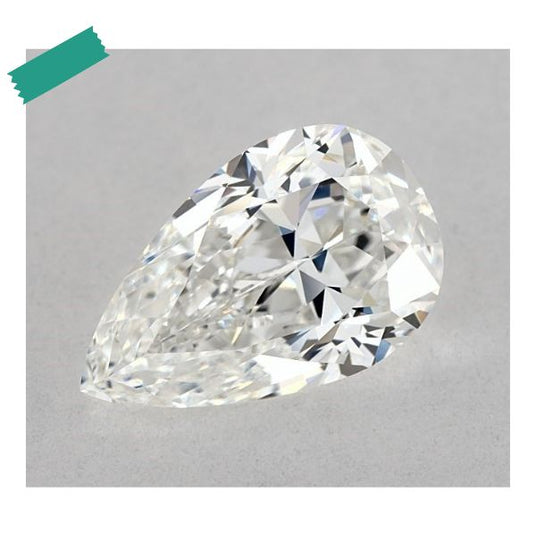
Pear shaped Diamond
The pear-shaped diamond is also called a "water drop" or "teardrop" because of its unique point and rounded tip. The unique look of its shape makes it popular for a wide range of diamond jewelry. The pear diamond is a wonder of nature but must be well proportioned to be visually pleasing, neither too elongated nor too stocky.
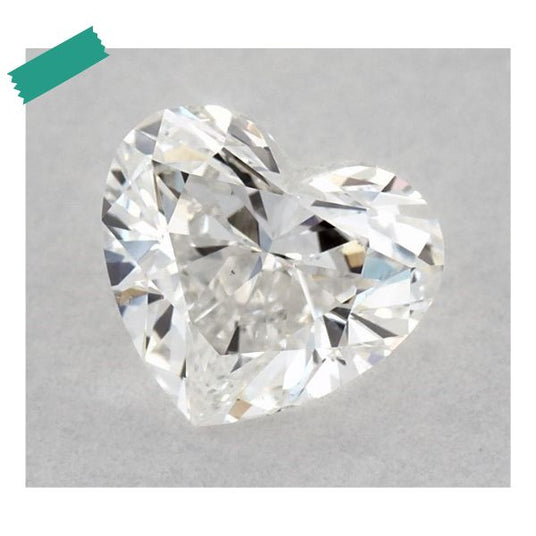
Heart shaped diamond
The heart shaped diamond is not a shape like any other. It is the ultimate symbol of love and is the ultimate romantic choice. Heart-shaped diamonds must be cut with the utmost precision to obtain perfectly symmetrical curves because the two halves of the heart must be identical.
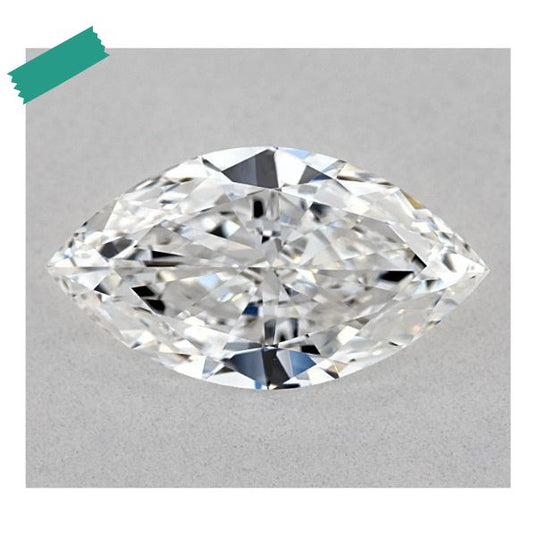
Marquise shaped diamond
The marquise cut diamond is a boat-shaped diamond that makes fingers look long and thin when worn on a ring. This elongated shape is popular for engagement rings and visually maximizes the carat weight of the stone.
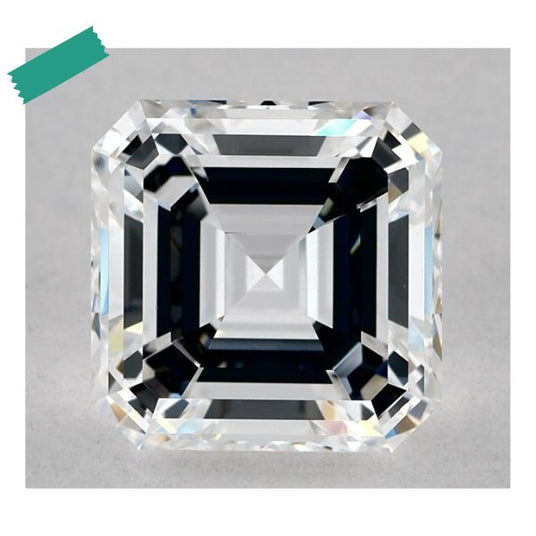
Asscher cut Diamond
The asscher cut diamond is a beautiful octagon-like shape because of its unique angular corners. This rectangular-faceted cut, however, has the same brilliance and transparency characteristics as the emerald cut, allowing the viewer to see through the stone.
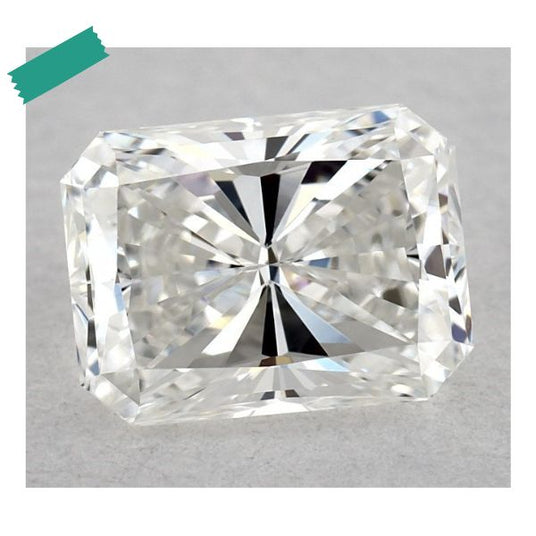
Radiant shaped diamond
The Radiant diamond combines the more elegant square or rectangular shape with the brilliance of the more traditional round cut. The beveled corners are the special feature of this diamond which makes it a "Must have". The radiant shape is used for multiple purposes in jewelry.
